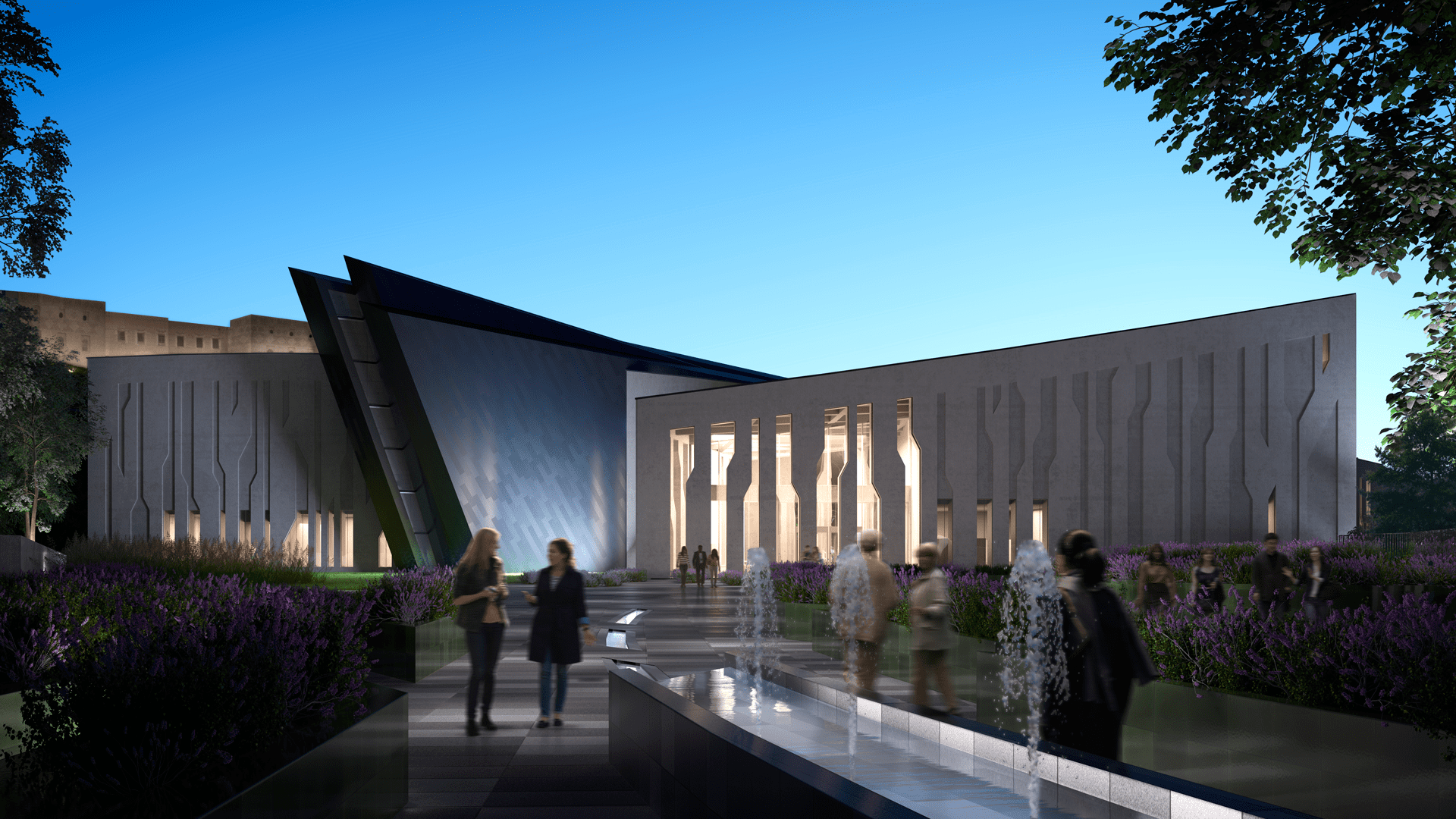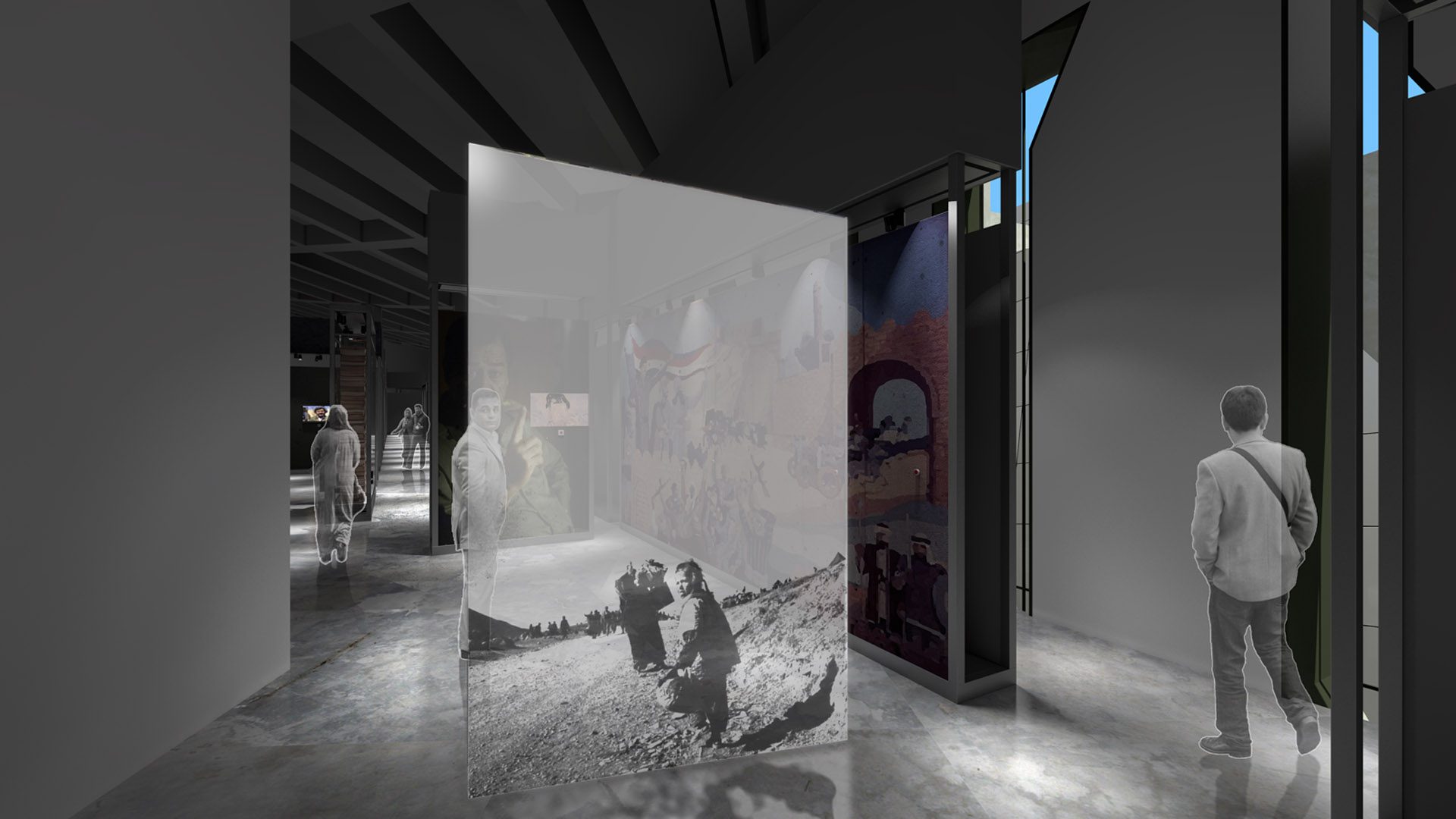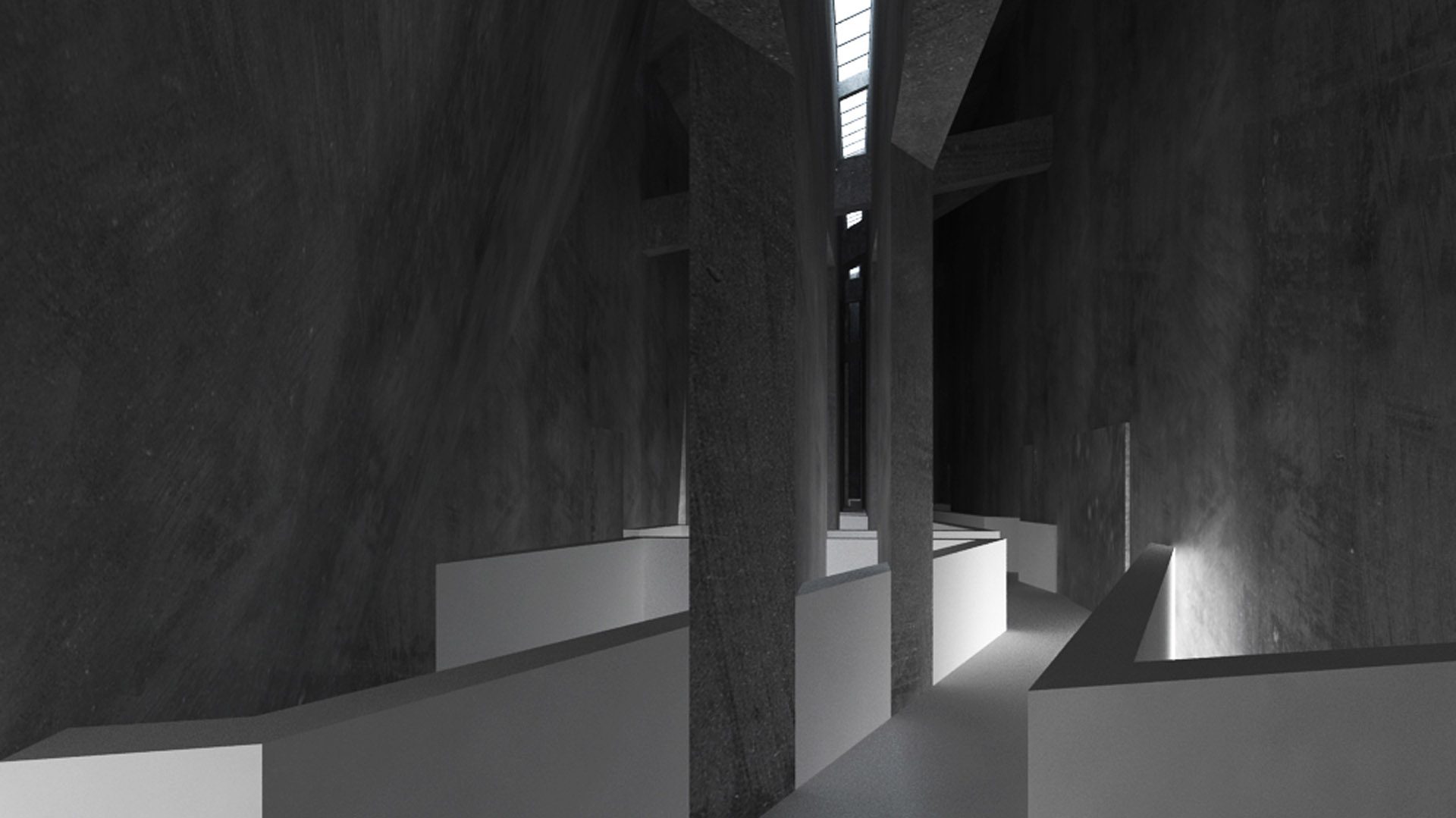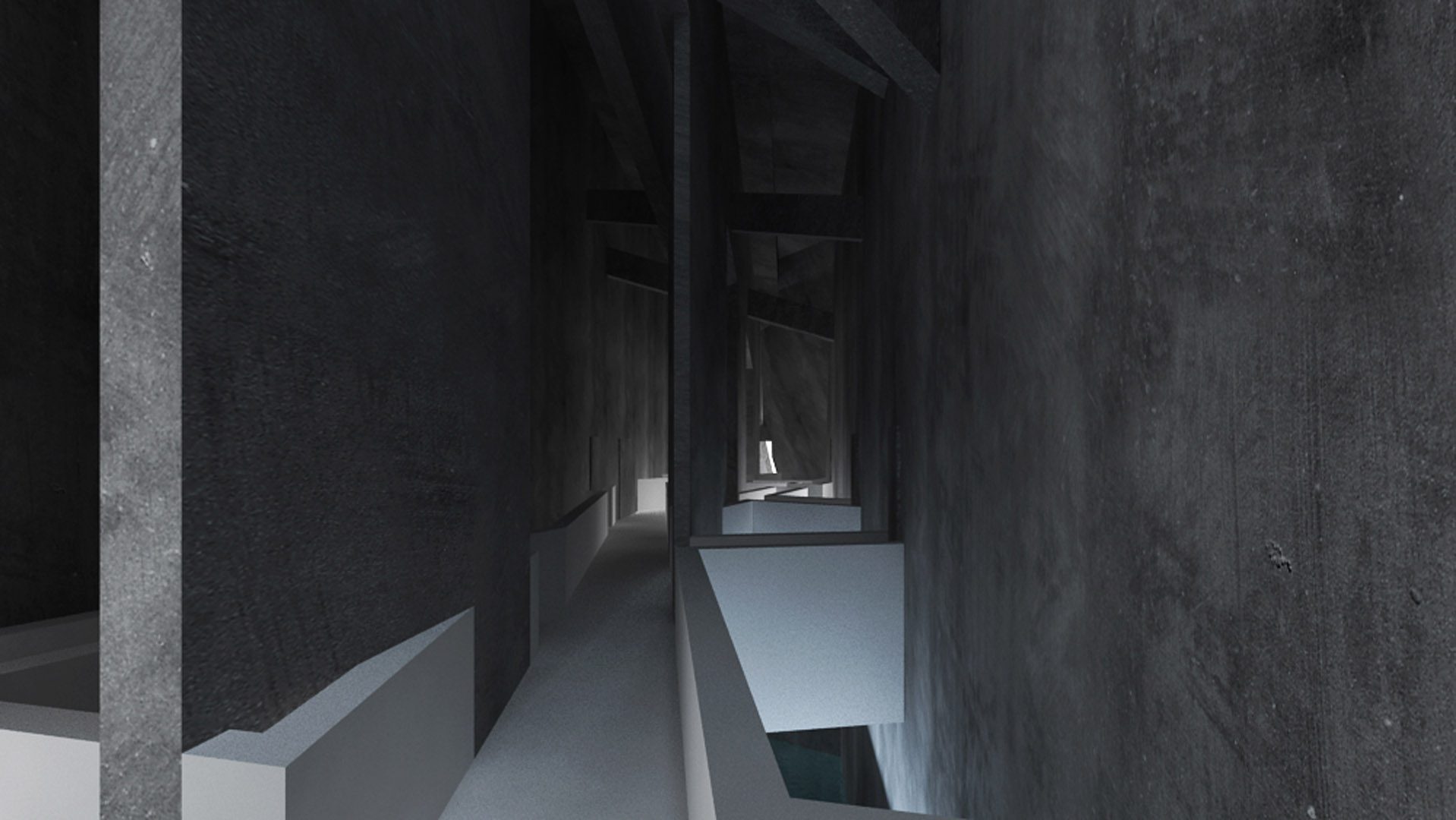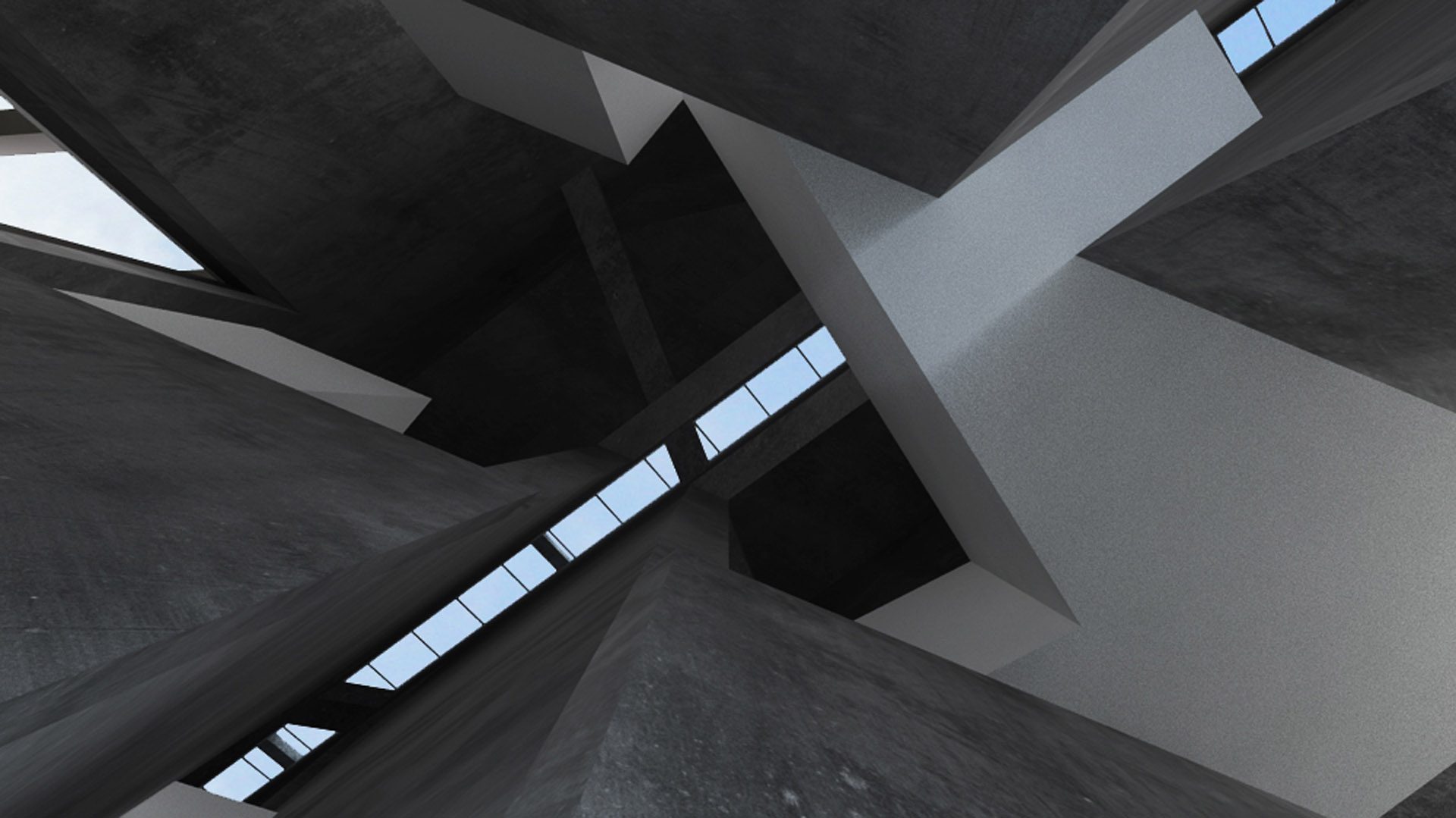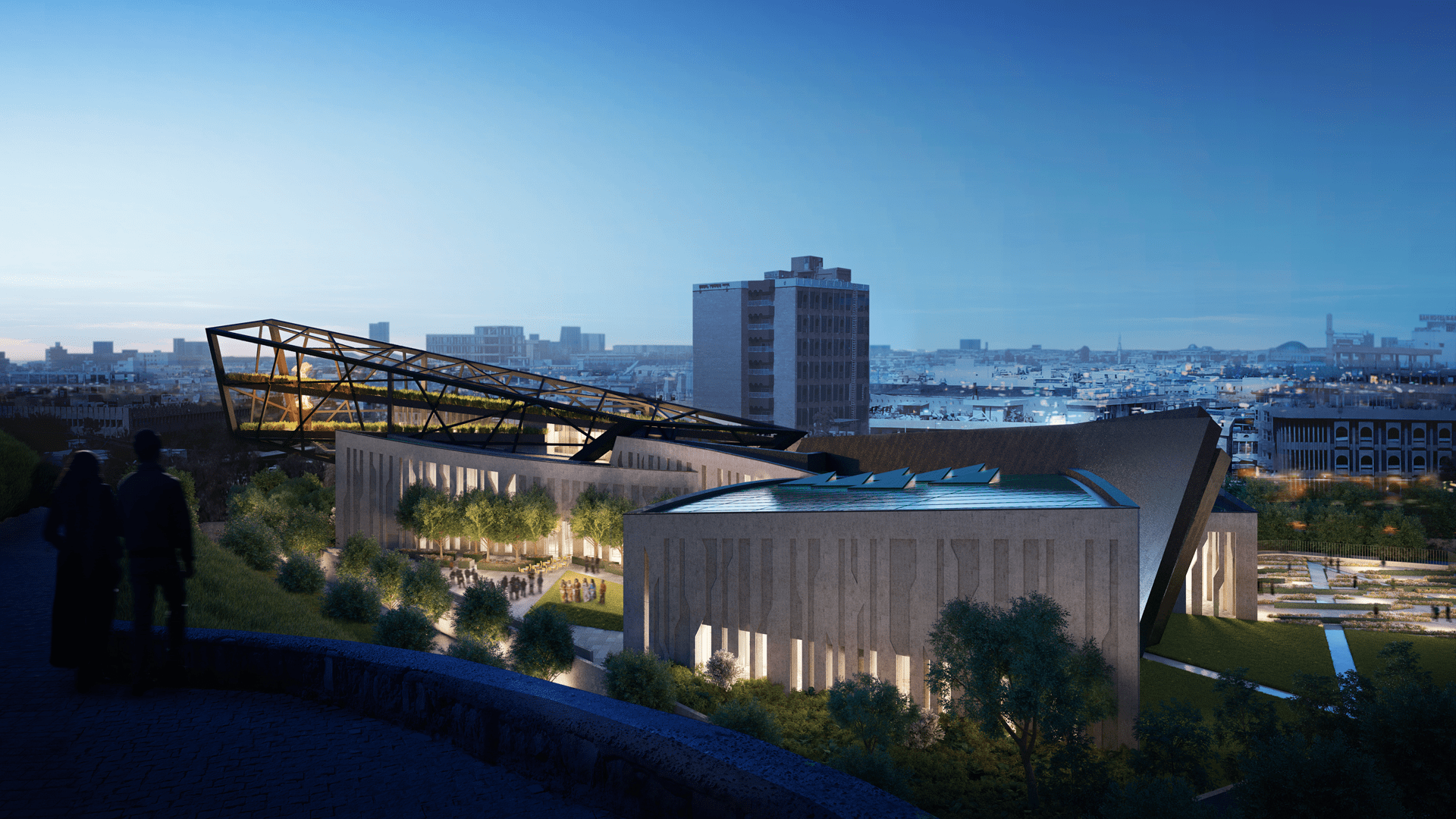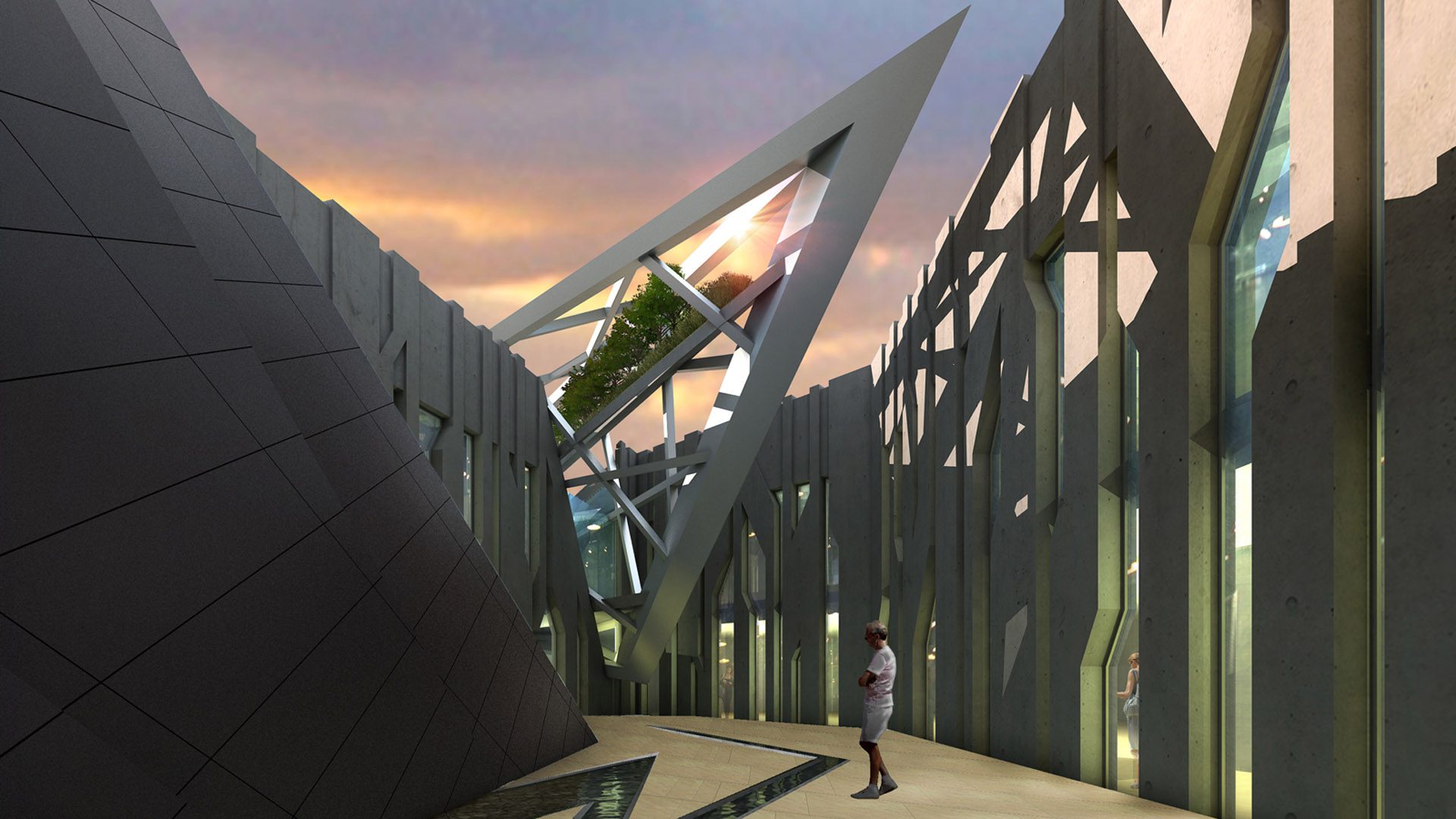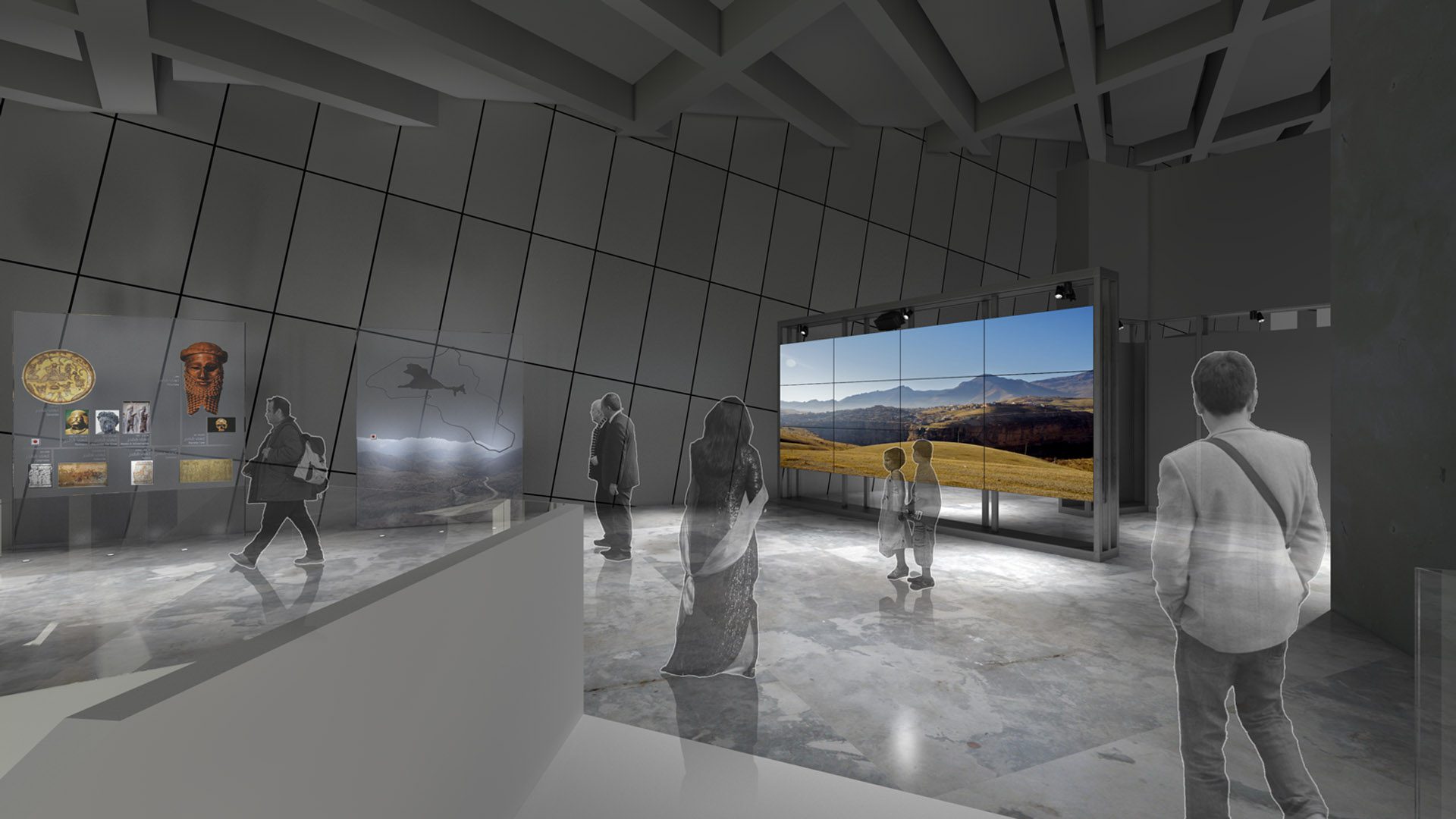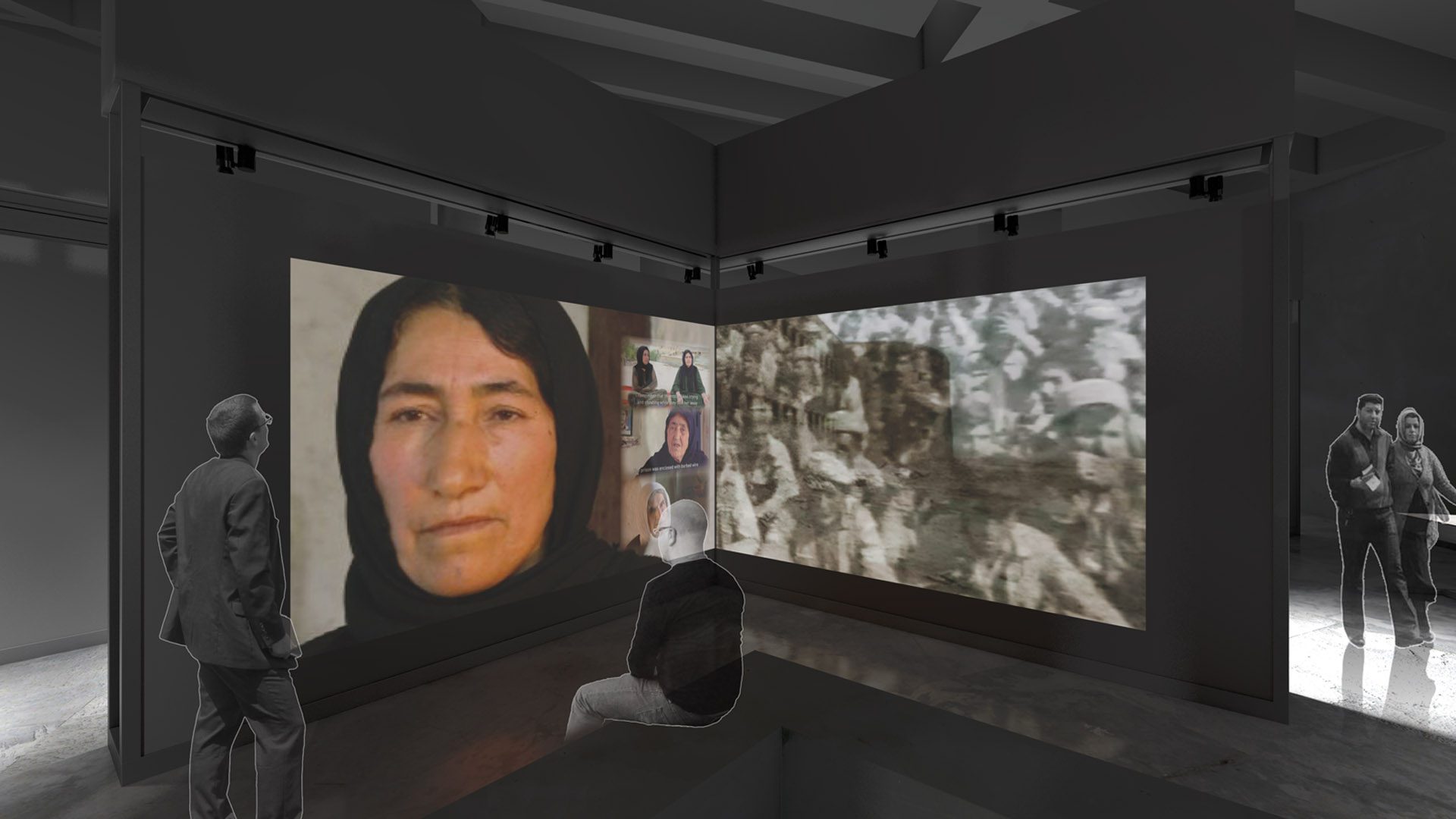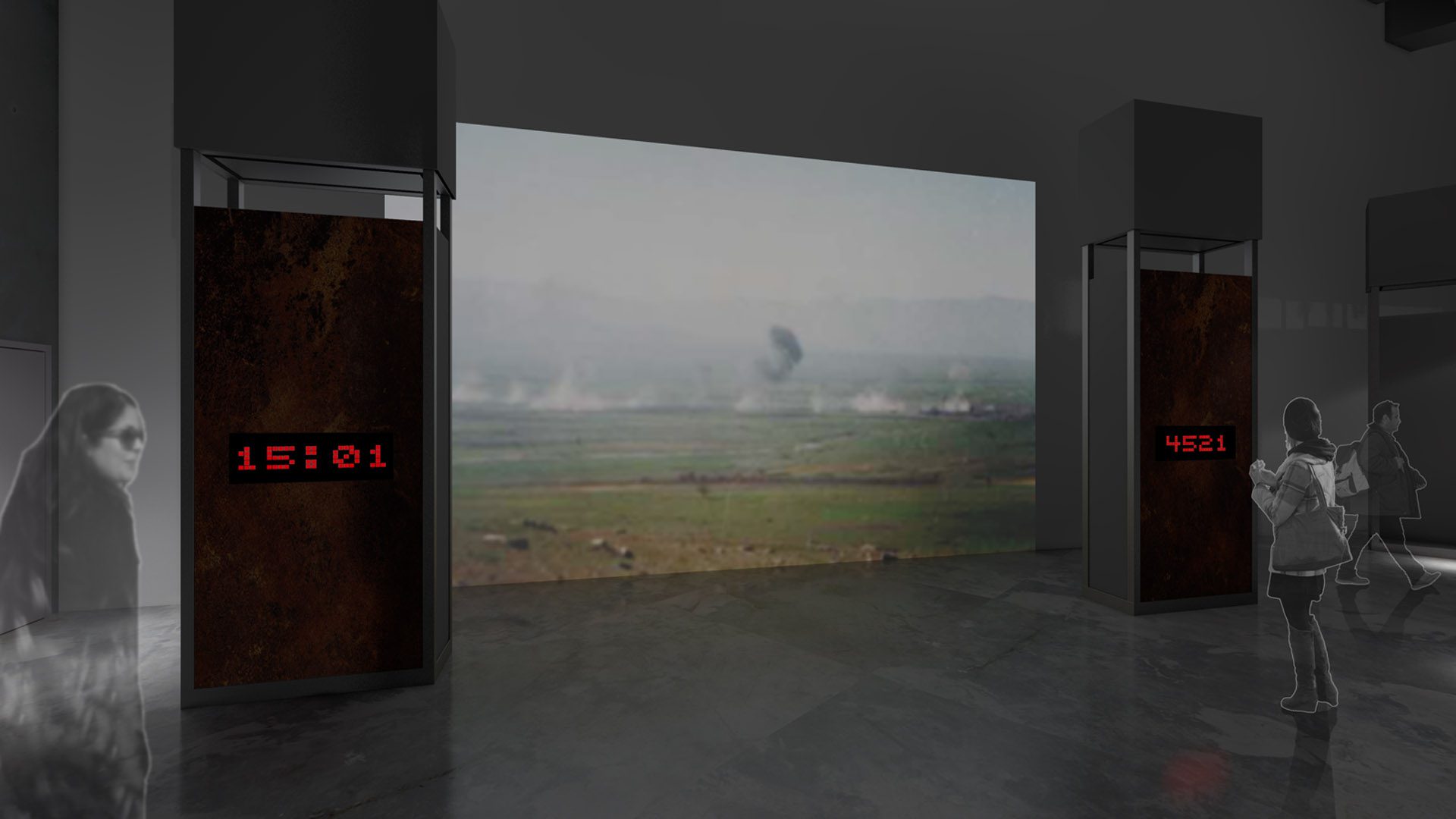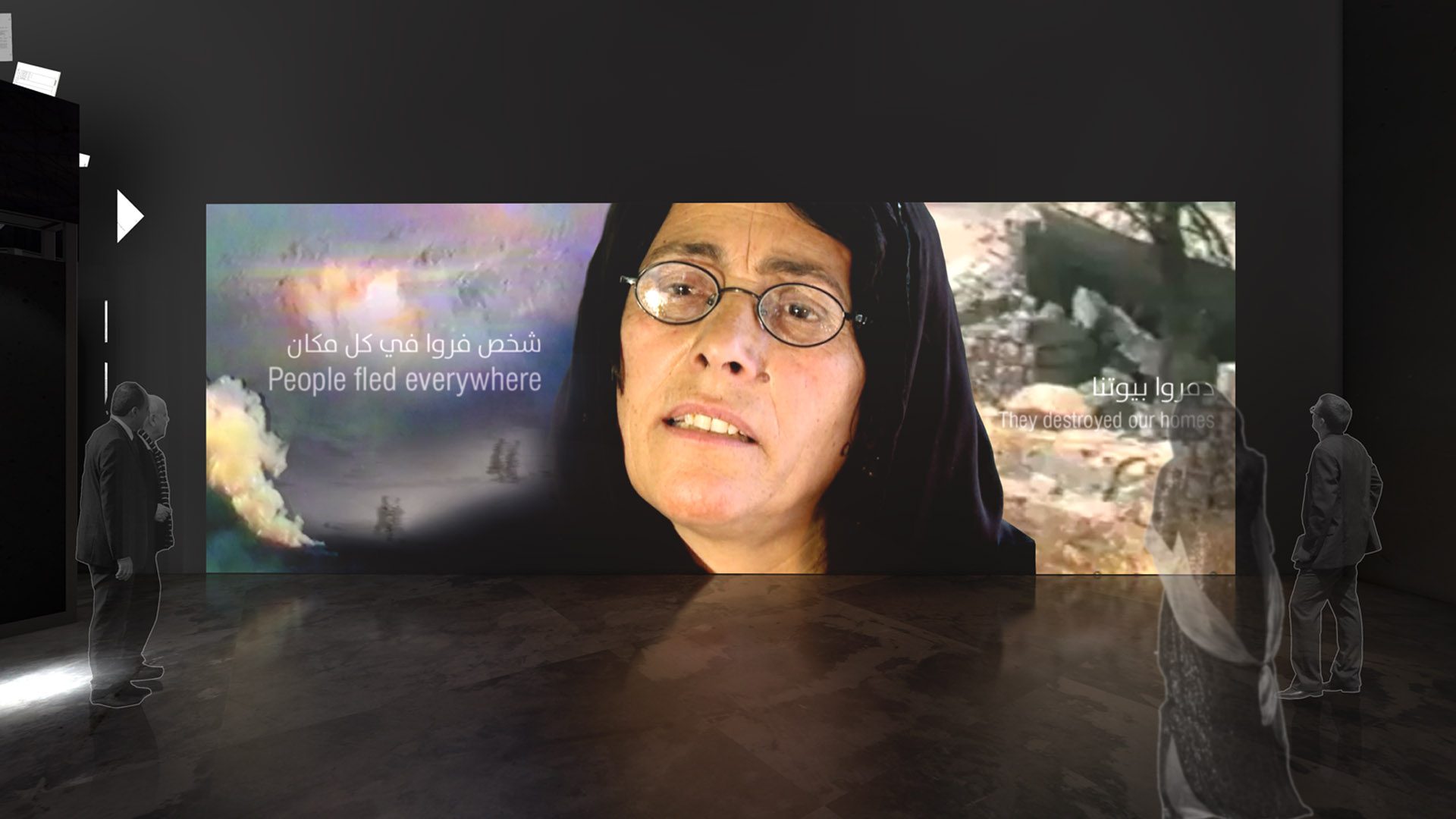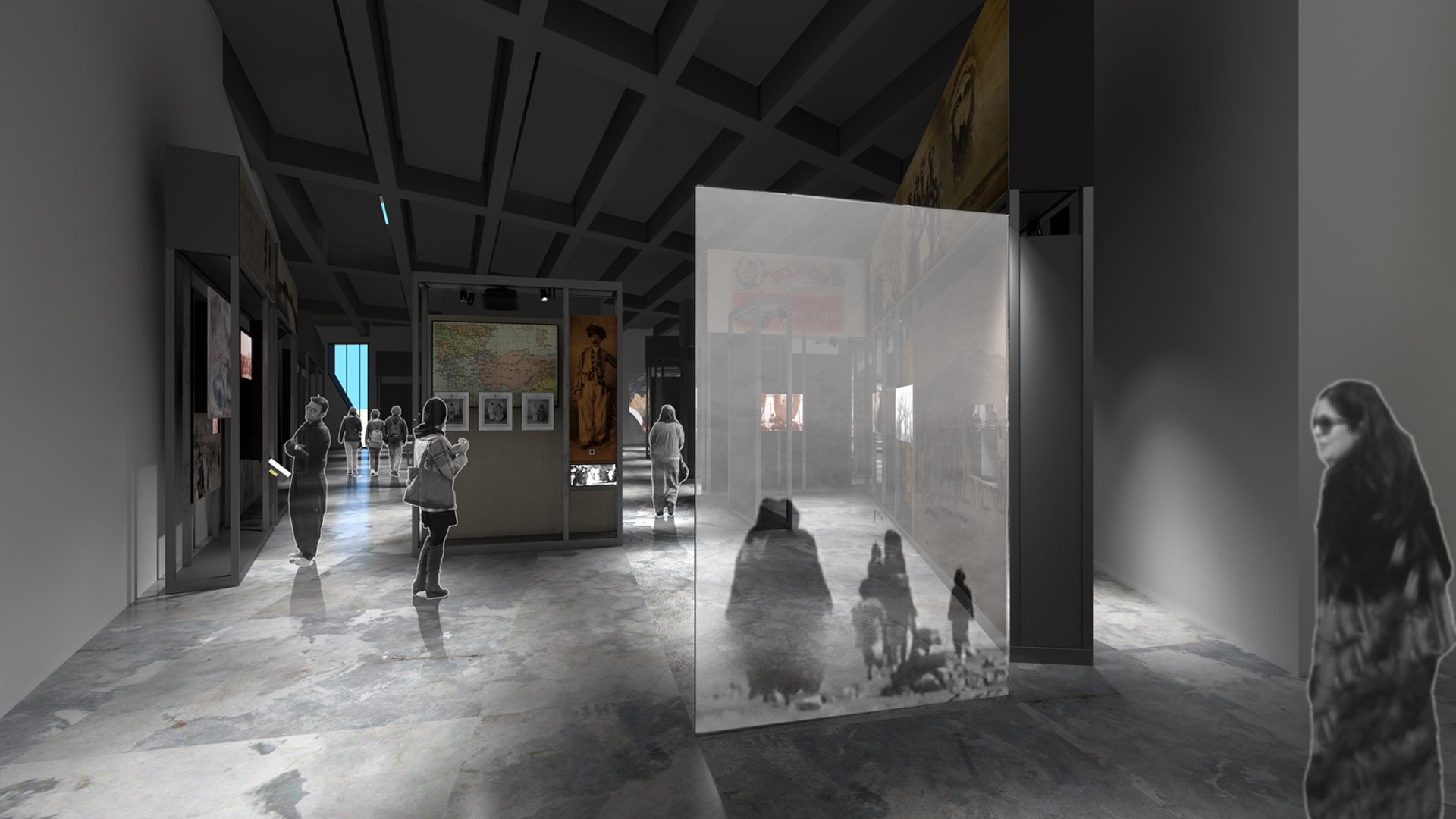
‘The struggles of the Kurdish people are emblematic of universal struggles for freedom, for identity and for a country,’ says Kurdistan Museum architect DANIEL LIBESKIND.
Planned for the capital city Erbil in Kurdistan Iraq and designed by the world famous architect Daniel Libeskind, Kurdistan Museum was announced on 11 April, 2016 at the Bloomberg Conference in San Francisco.
‘Kurdistan Museum aims to convey the spirit of the Kurdish people, their rich culture and the future of Kurdistan,’ says Libeskind. ‘The design had to navigate between two extreme emotions: sadness and tragedy, through the weight of history, and of joy and hope, as the nation looks to the future.’
Kurdistan Museum will set the story of the Kurdish people in stone, sharing the cultural heritage of the Kurds with the international community and inspiring future generations
The iconic building seeks to set the story of the Kurdish people in stone, sharing the Kurdish story with the international community and inspiring open dialogue amongst future generations.
For the first time the Kurds, the largest ethnic group in the world without their own nation state, will be able to present their own history in their own words within a world class institution. The landmark requires a new national archive and a permanent collection, which is being assembled to elite international standards by the Kurdistan Memory Programme.
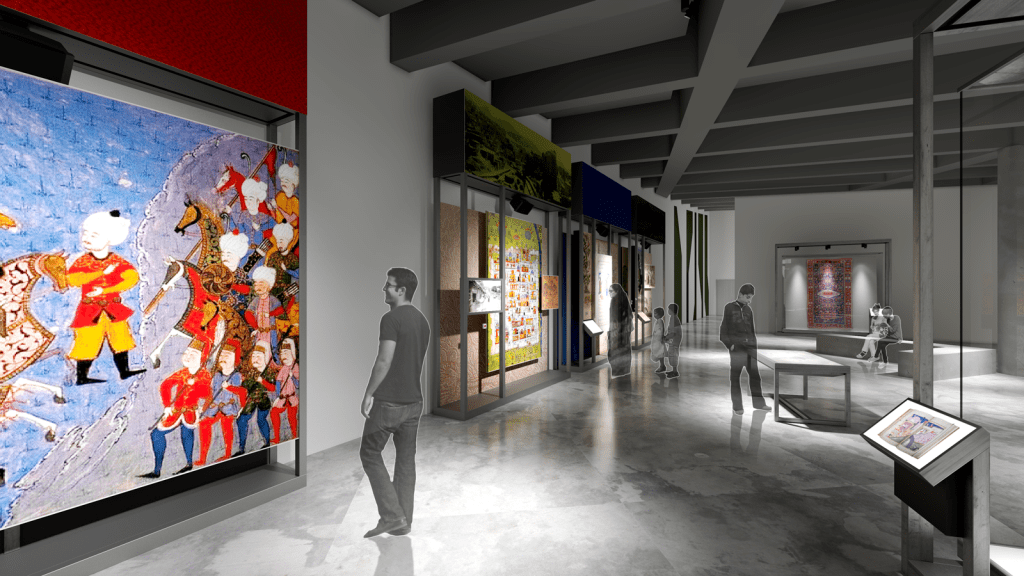
Kurdistan Museum will reach out to the Kurdish diaspora, creating a national and international focus for Kurdish history and identity.
‘We watch helplessly as Palmyra is destroyed with the destruction of world heritage,’ says Libeskind. ‘Building such a museum to tell an ignored people’s story is now more urgent than before.’
Situated at the base of the ancient Citadel in the center of Erbil, Iraq, the 150,000 square-foot museum will feature spaces for both permanent and temporary exhibitions, a lecture theatre, state of the art multimedia educational resources, an extensive digital archive of Kurdish historical assets, as well as community centre and landscaped outdoor spaces for public use. It will aim to provide universal access for all for the public benefit.
The iconic landmark requires a new national archive and a permanent collection of film and interactive multimedia, documents and physical artefacts, which is being assembled by the Kurdistan Memory Programme
Kurdish civilisation has been located at the crossroads of competing mighty empires since ancient times, and has survived and thrived throughout history in the face of extreme hardship, just as the Kurds of northern Iraq have resisted tyranny and genocide in recent decades.
The permanent exhibitions of Kurdistan Museum will encourage further exploration of this story. Designed by world leading firm Haley Sharpe, whose current projects include nine new galleries at the Smithsonian Air and Space Museum in Washington D.C., the exhibitions will encompass the latest digital and immersive techniques, innovative design and the latest research.
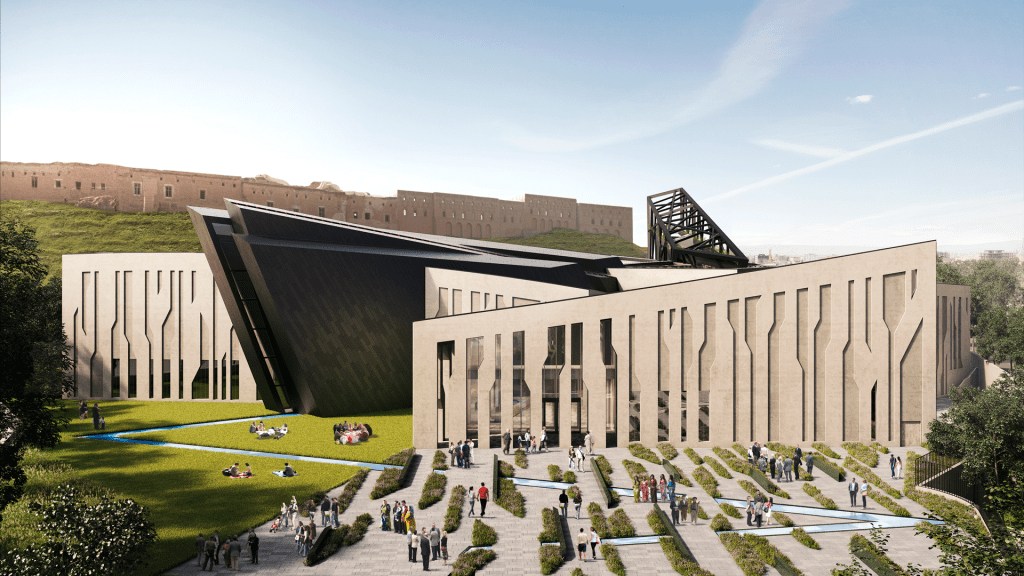
This new national landmark will feature exhibition spaces for both permanent and temporary exhibitions, a lecture theatre, state-of-the-art multimedia educational resources, and an extensive digital archive of Kurdish historical assets.
Each exhibition will offer a wide range of interactive and film multimedia, physical documents and artefacts, offering groundbreaking opportunities for academic study, education and cultural exchange. They will reach out to the wider world and Kurdish diaspora, providing a national and international focus for Kurdish history and identity.
The form of Kurdistan Museum’s building is created by four interlocking geometric volumes that represent the Kurdish regions: Turkey, Syria, Iran, and Iraq. The volumes are intersected by a line that is broken into two angular fragments, representing the past and future of Kurdistan. The two fragments create an emotive duality: a heavy and opaque mass, ‘The Anfal Line’, which symbolises the genocide under Saddam Hussein; and ‘The Liberty Line’, a lattice structure filled with greenery that ascends towards the sky and culminates with an eternal flame – a powerful symbol in Kurdish culture.
“We watch helplessly at the destruction of world heritage in Palmyra,” says architect Daniel Libeskind. “Building such a museum to tell an ignored people’s story is now more urgent than before”
At the junction between the Anfal and Liberty Lines is an open-air courtyard conceived as a tranquil and meditative space at the heart of the museum. The courtyard references those found in the Citadel and throughout the ancient, urban neighborhoods of Erbil. There is a water feature that extends from the landscape through the museum, bringing to mind the rivers and fertile valleys of Kurdistan. The landscape offers performance spaces, café seating, and picnic grounds where people can gather.
The Kurds in Iraq are currently engaged in fighting the Islamic State (ISIS), which has been covered widely by the international media. The construction of the museum will begin once the region is stabilised and the threat posed by ISIS is minimised. The Kurdistan Regional Government’s financial resources have been drained by their epic struggle, so to achieve this vision they are inviting outside financial support for the project.


